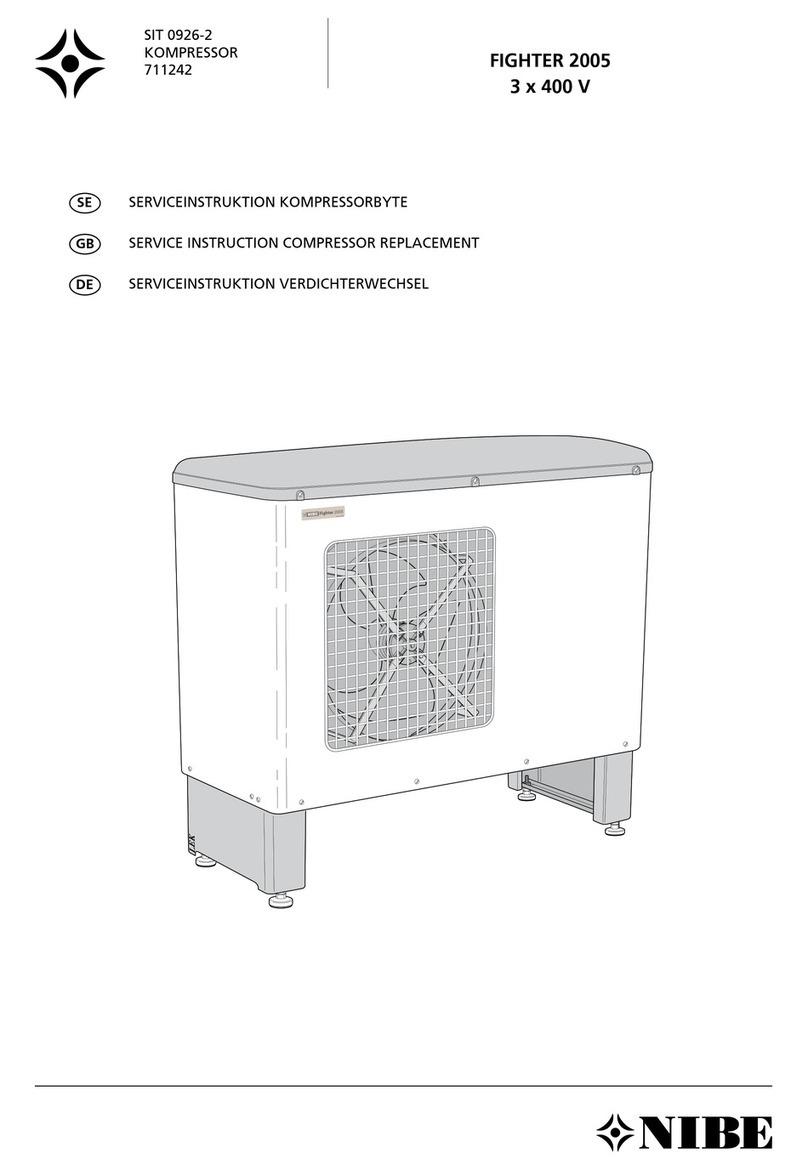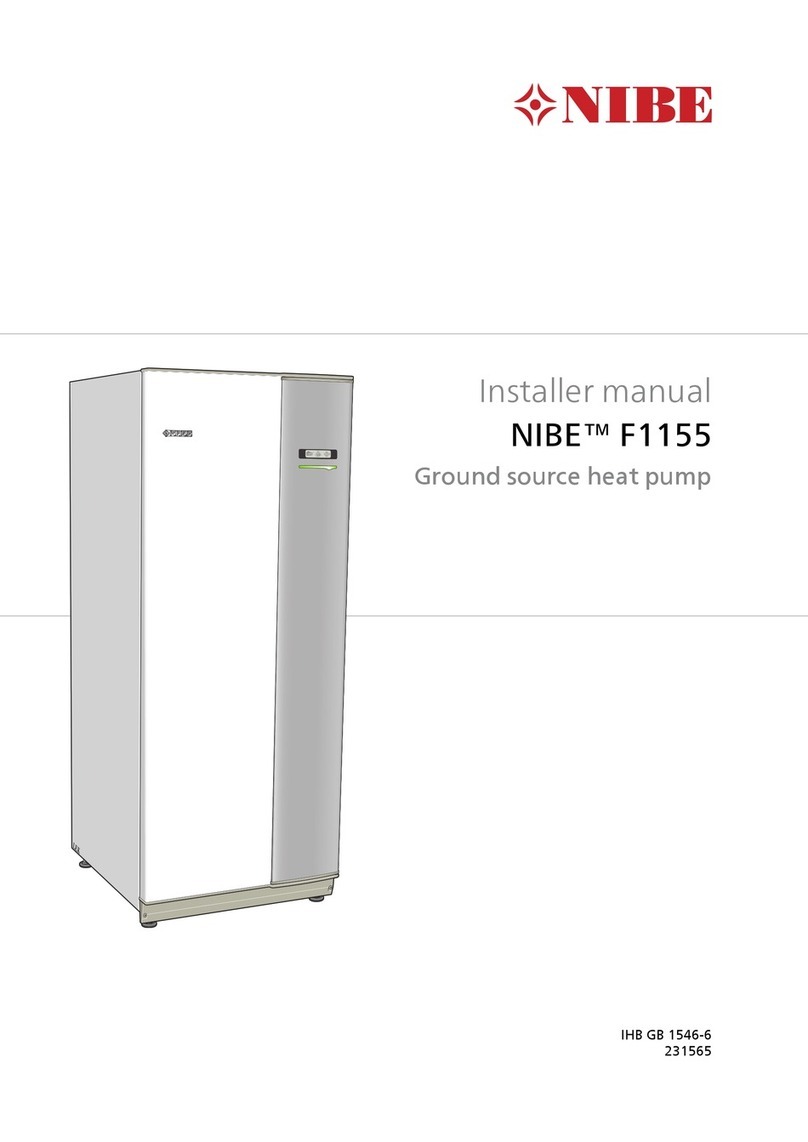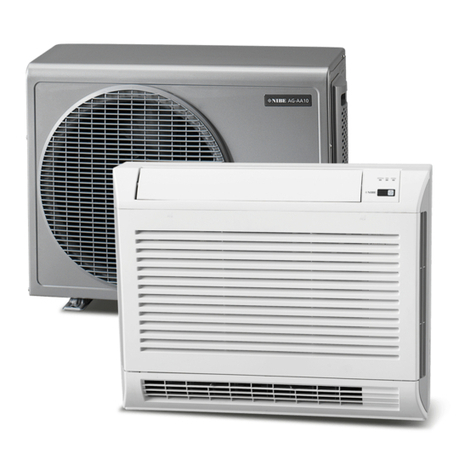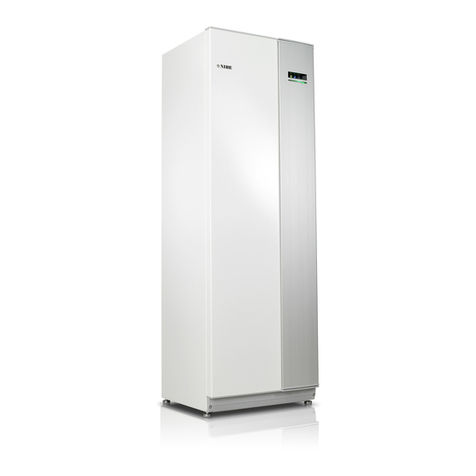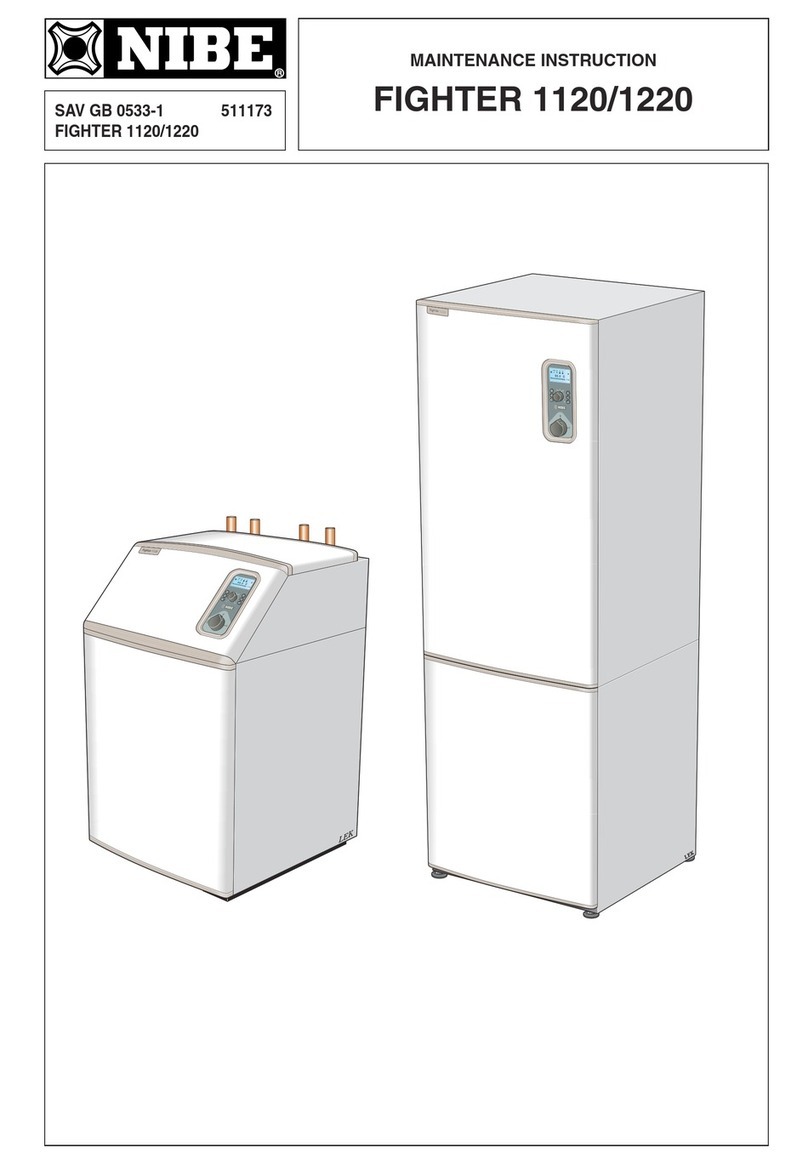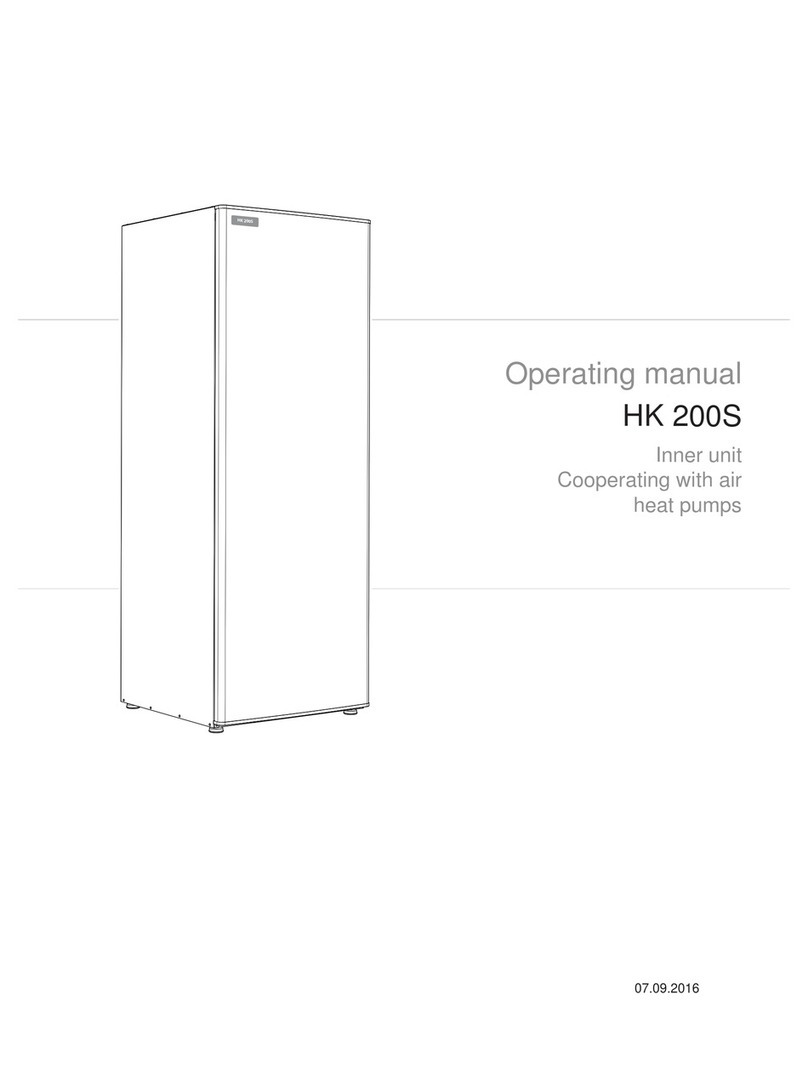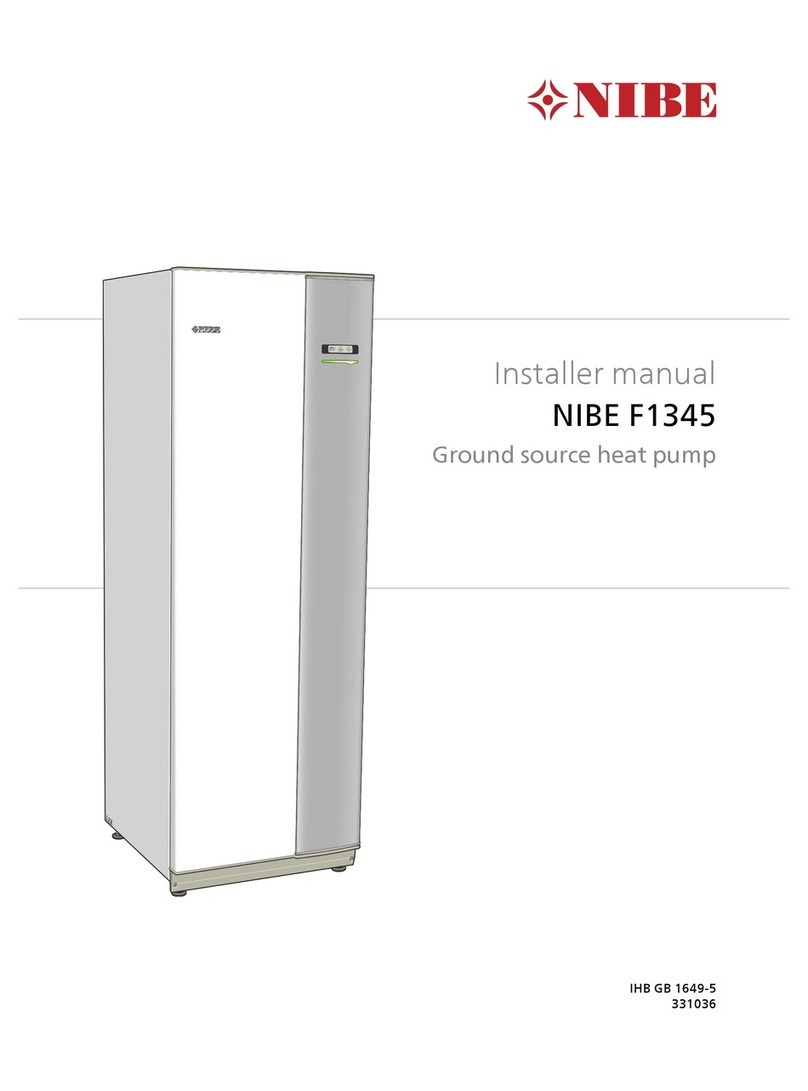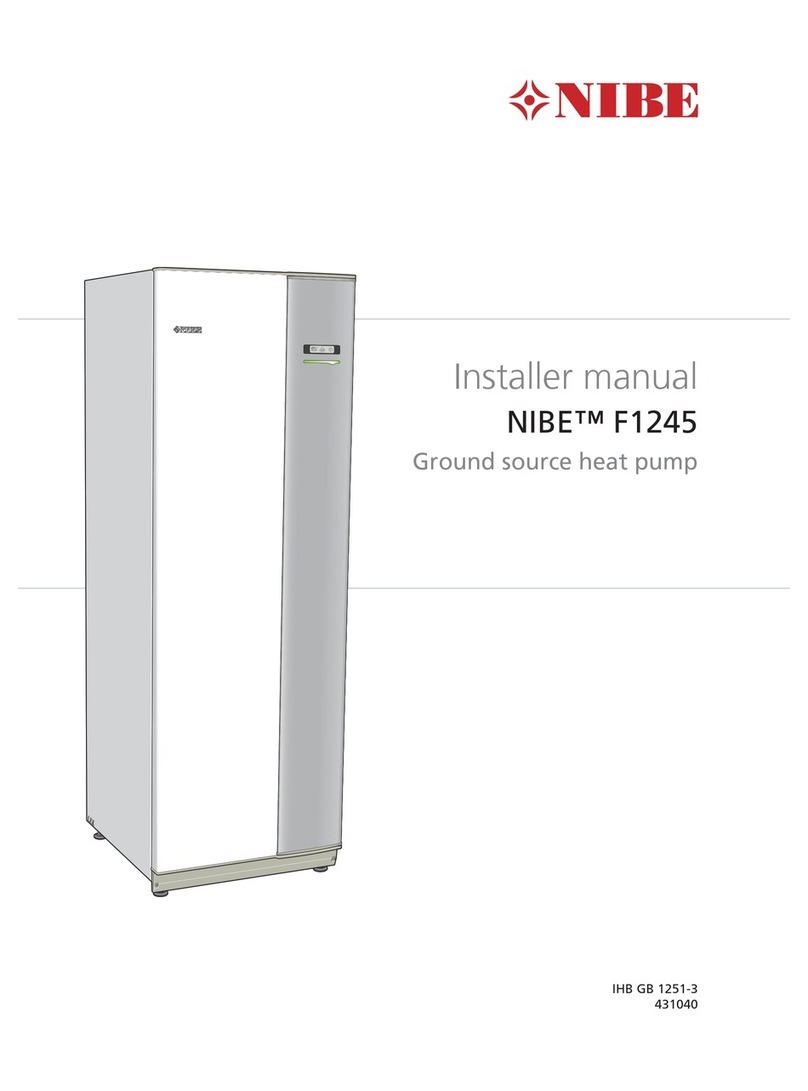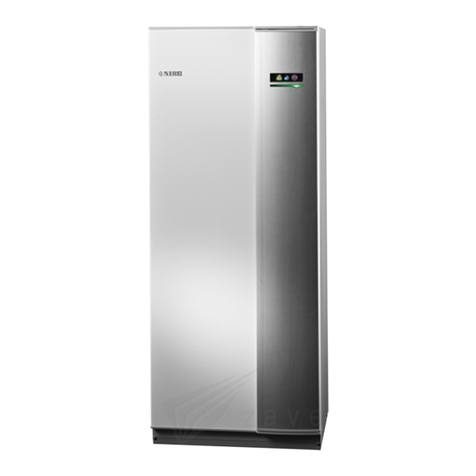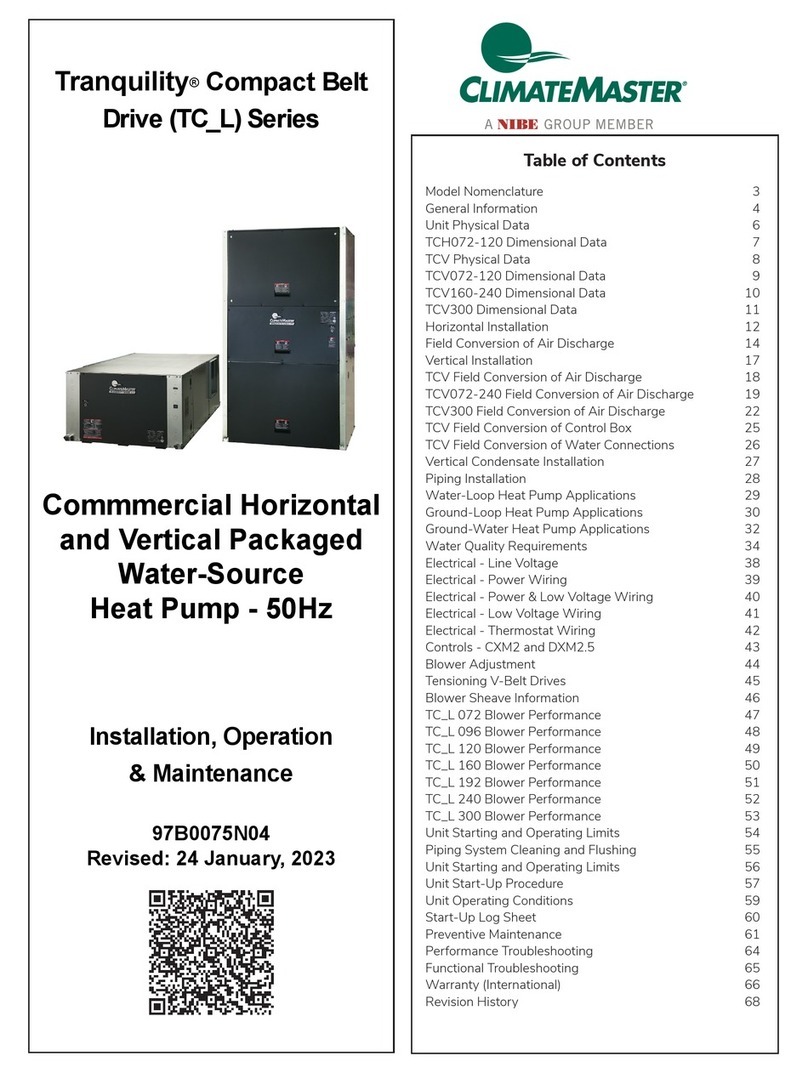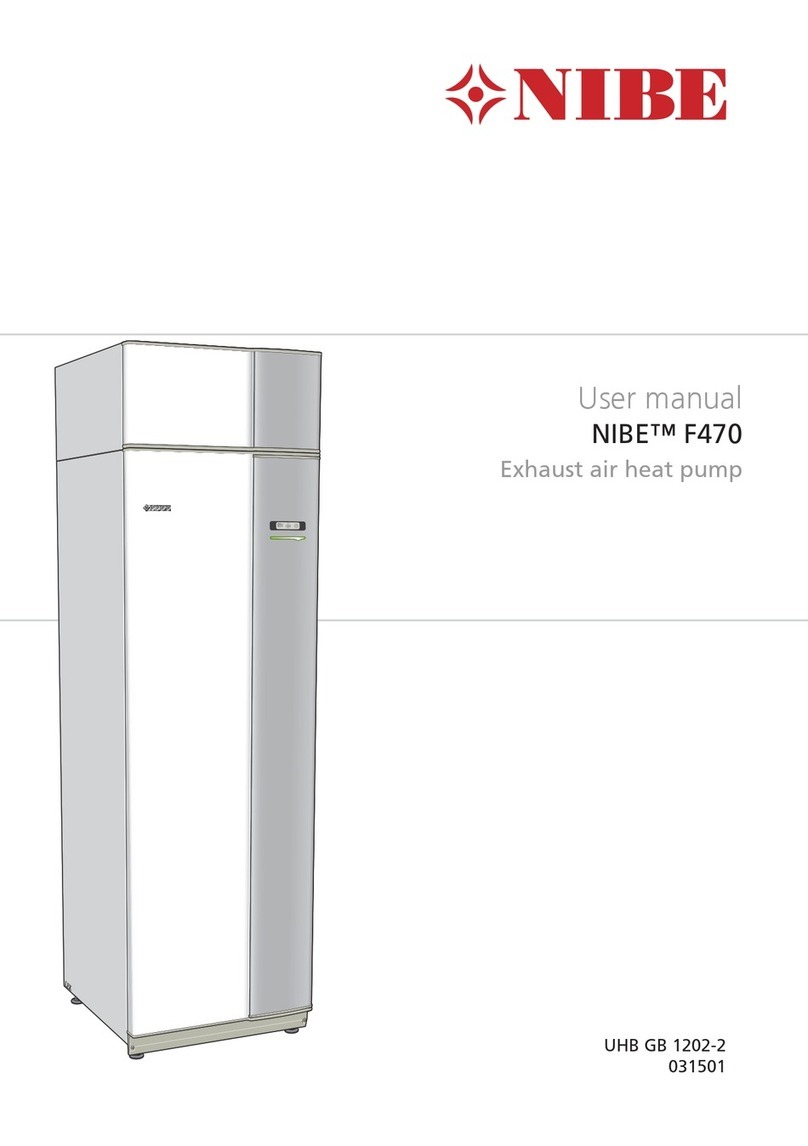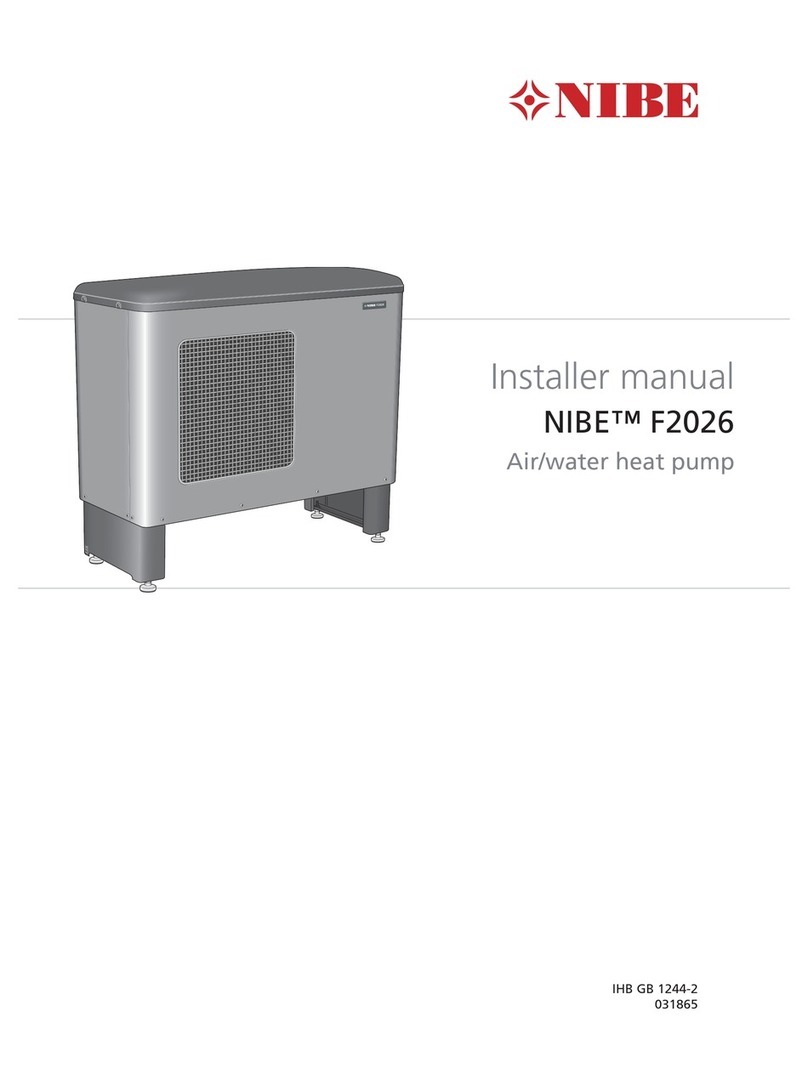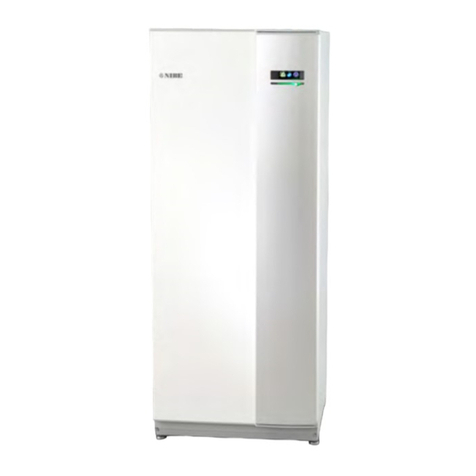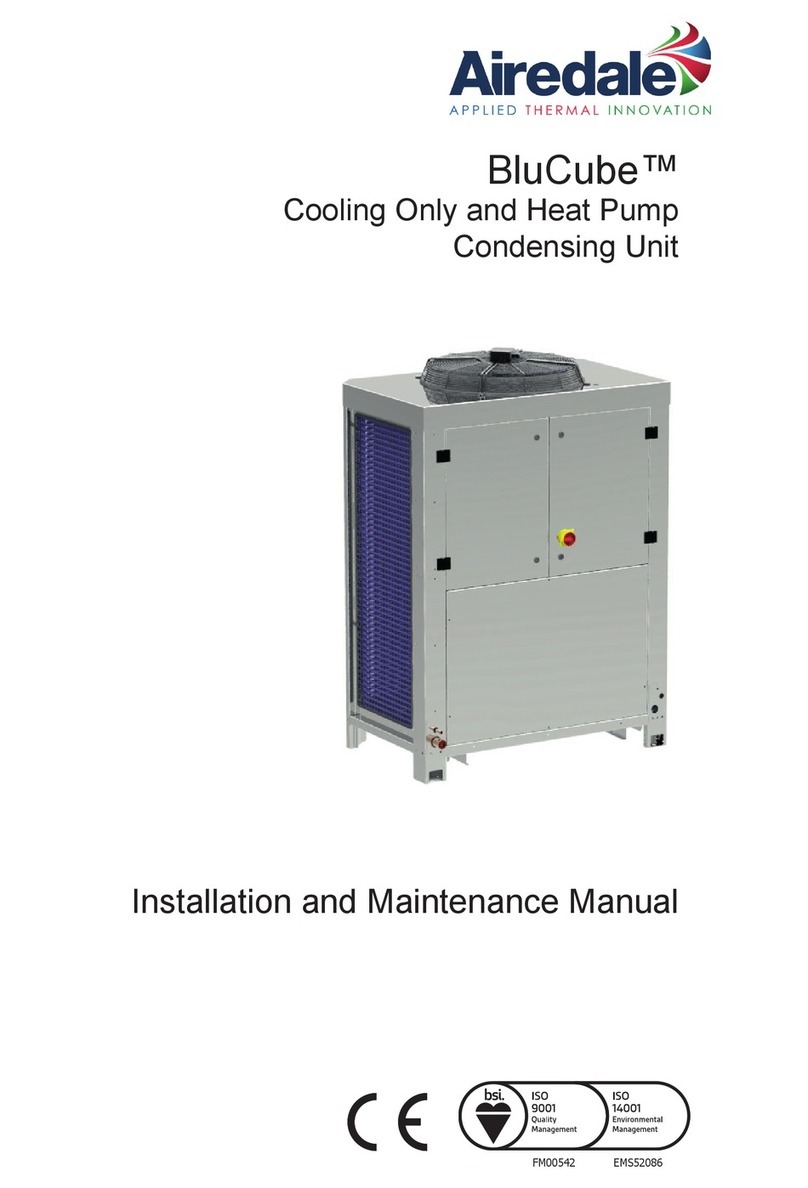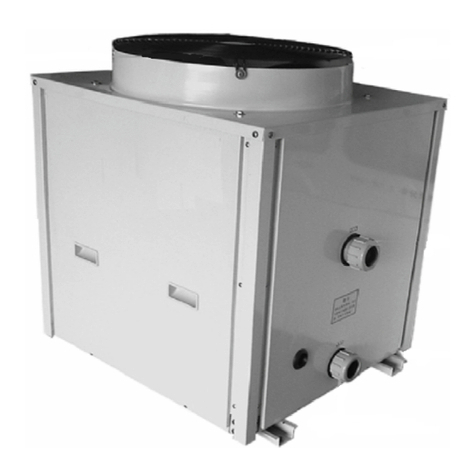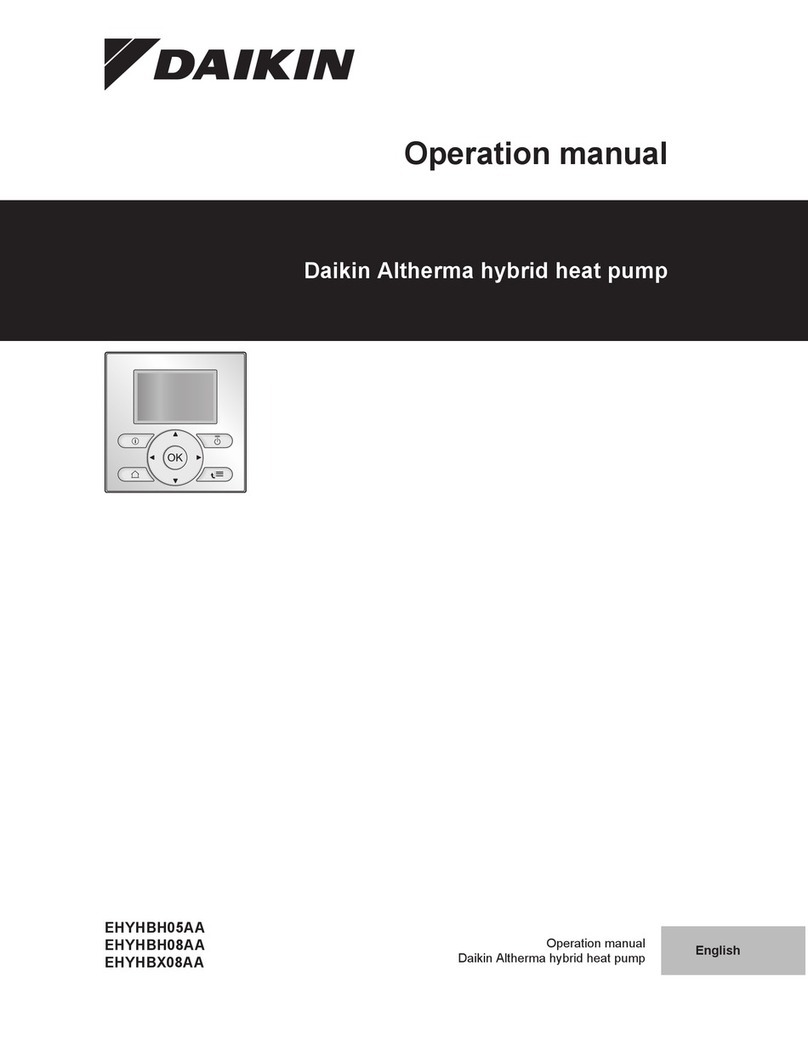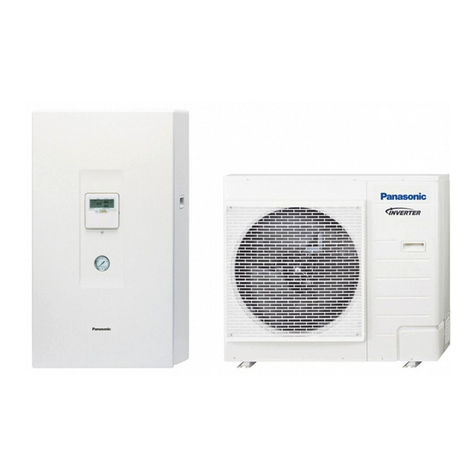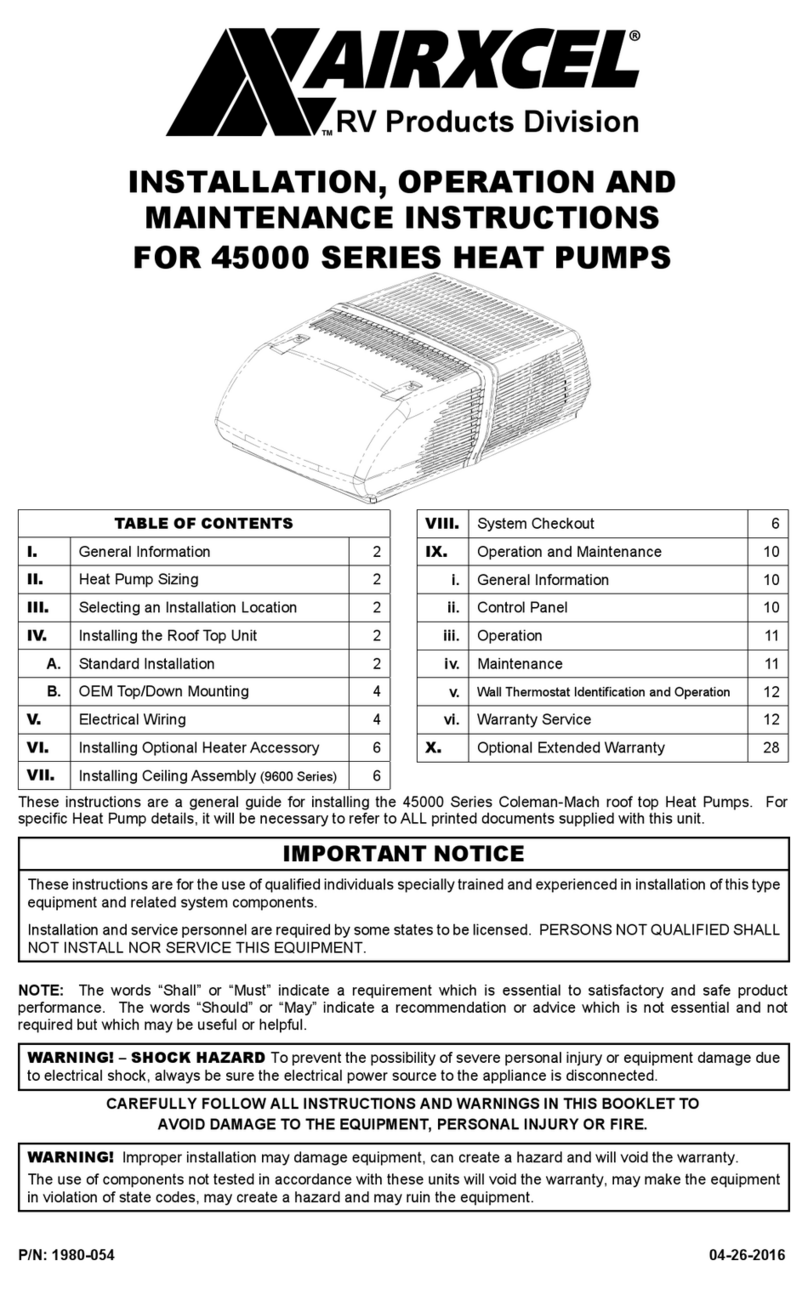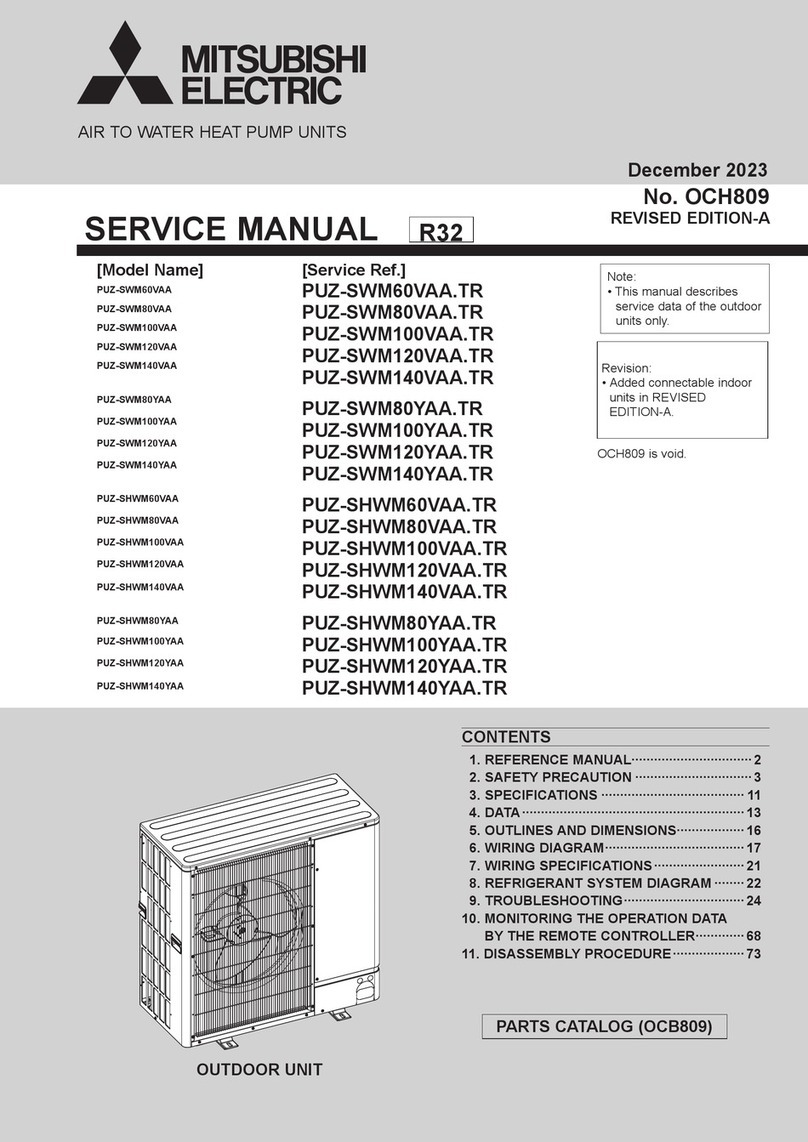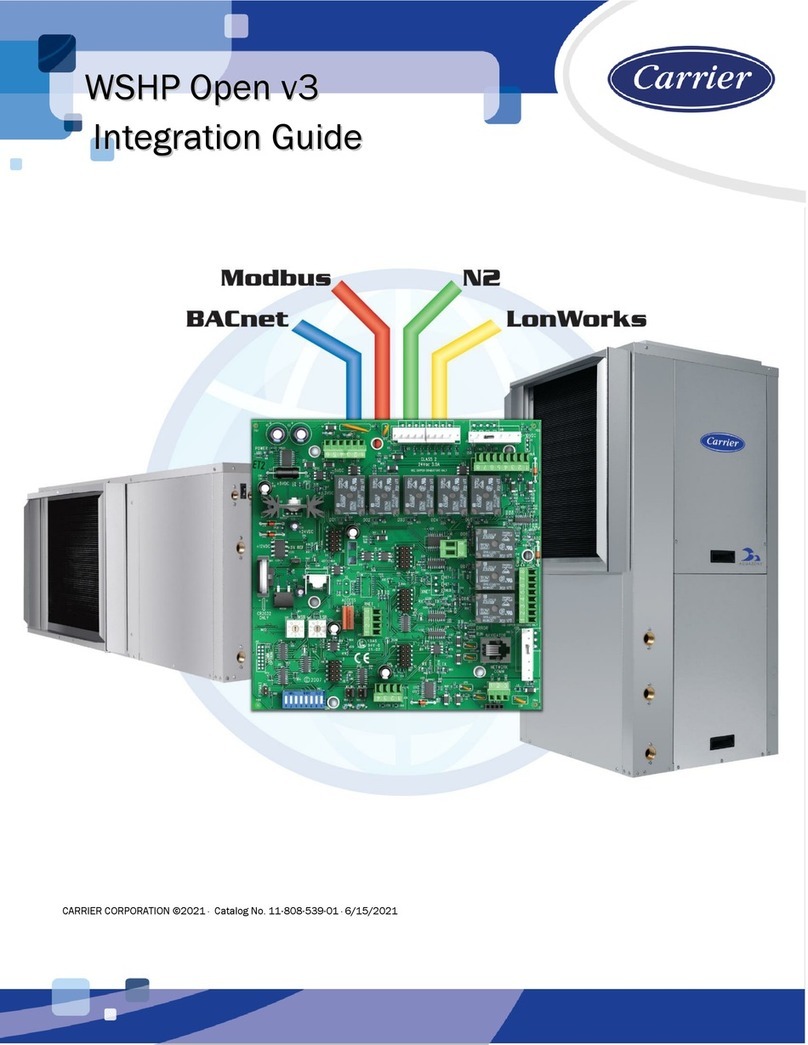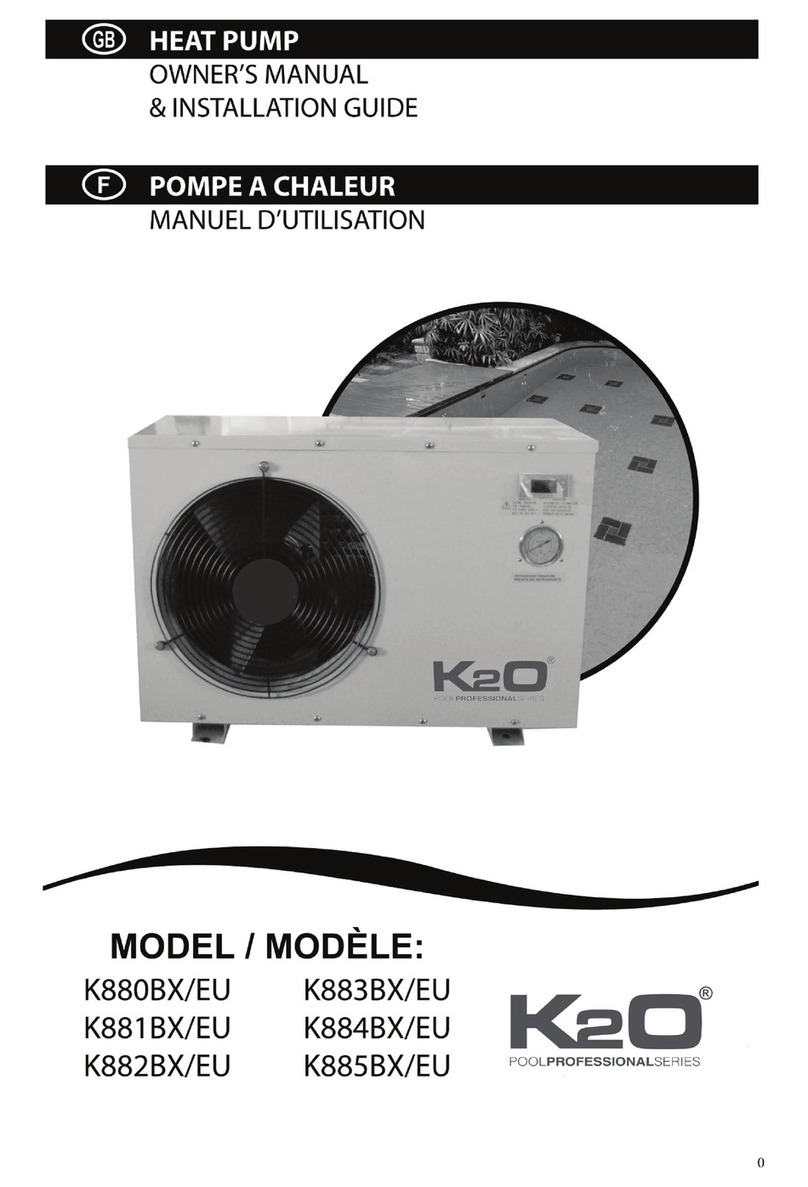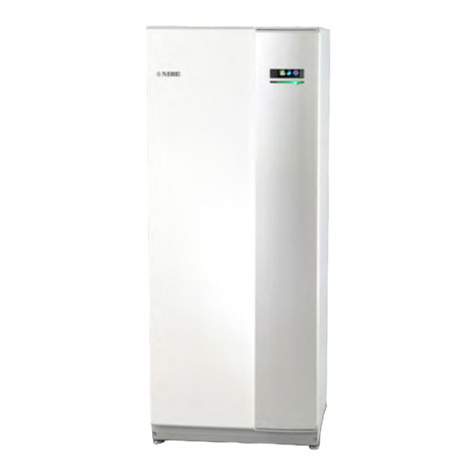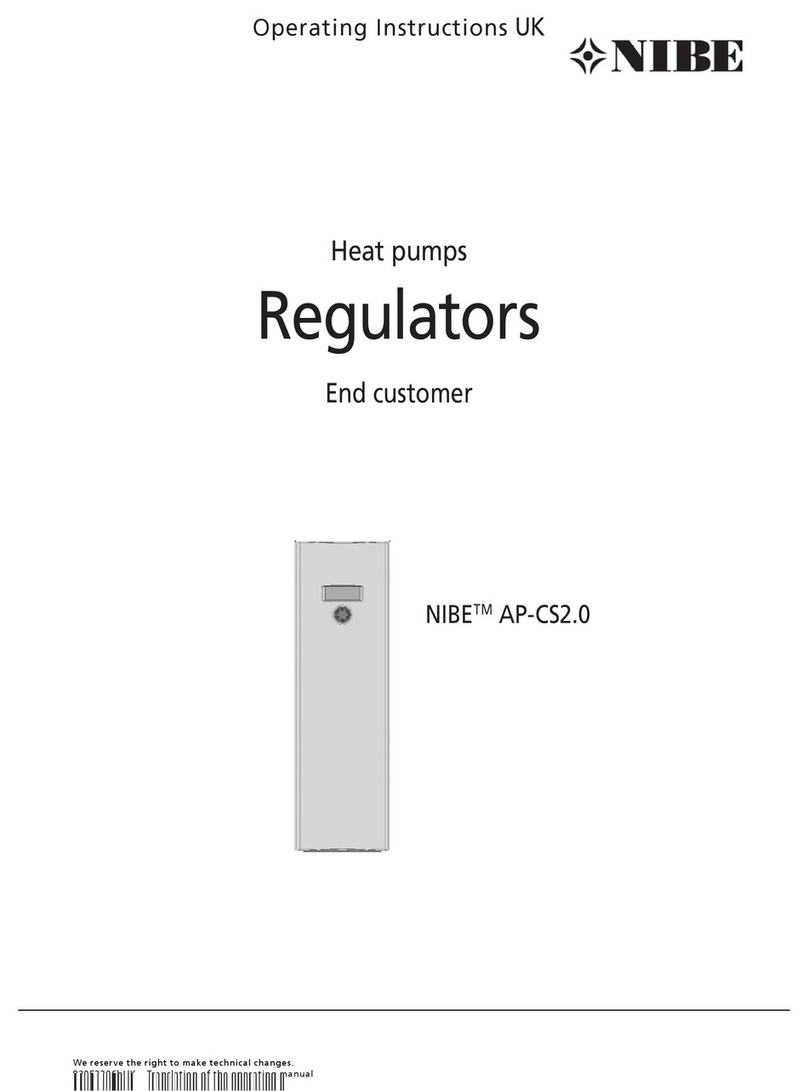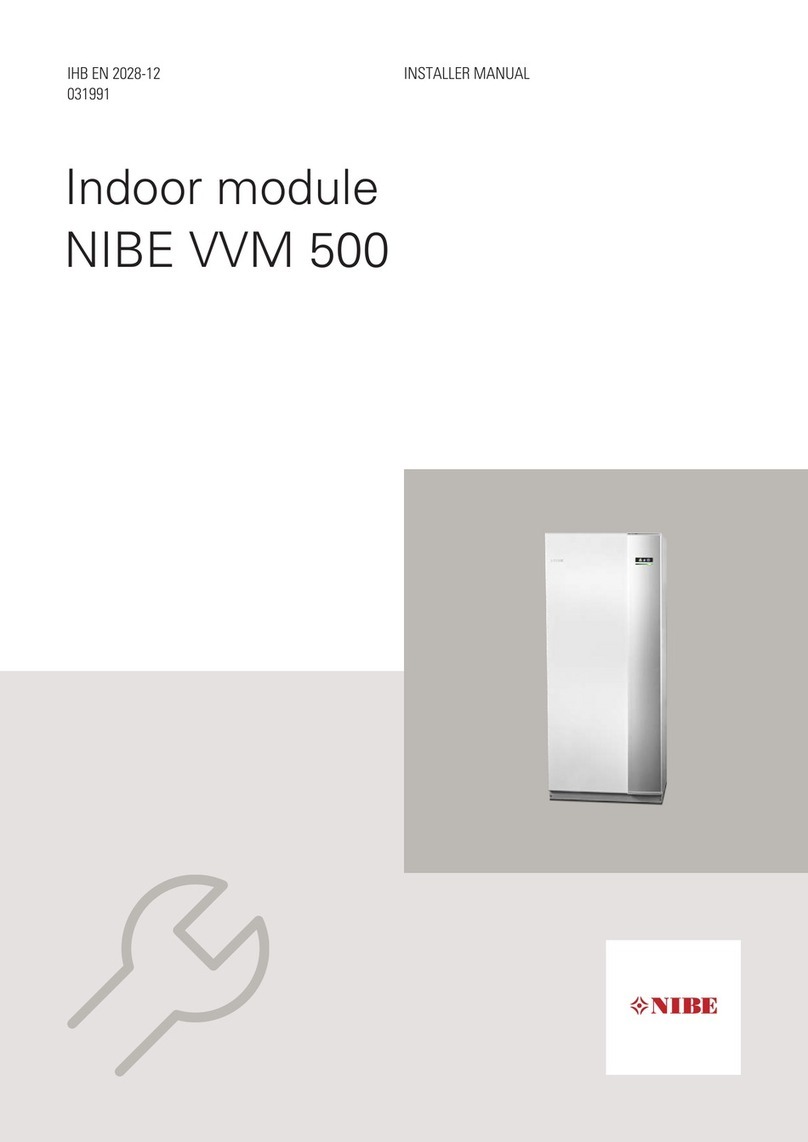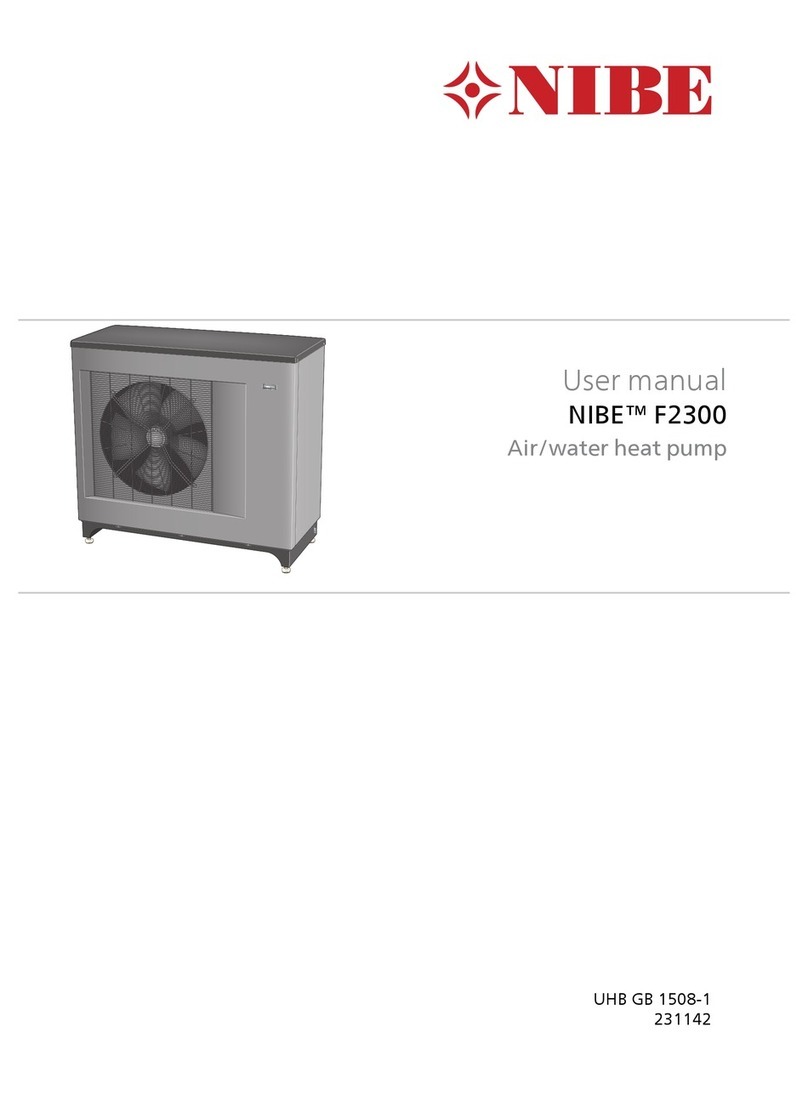Inhaltsverzeichnis
INFORMATION FOR USERS AND QUALIFIED
PERSONNEL
PLEASE READ FIRST..................................................................2
SYMBOLS .....................................................................................2
INTENDED USE..........................................................................4
DISCLAIMER................................................................................4
EC CONFORMITY .....................................................................4
SAFETY .........................................................................................4
CUSTOMER SERVICE ................................................................5
WARRANTY / GUARANTEE ....................................................5
DISPOSAL ....................................................................................5
OPERATING PRINCIPLE OF HEAT PUMPS..........................5
AREA OF UTILISATION............................................................5
HEAT METERING .......................................................................6
OPE R ATI ON ................................................................................6
CARE OF THE UNIT..................................................................6
MAINTENANCE OF THE UNIT ..............................................6
Cleaning and flushing of unit components........................7
MALFUNCTIONS.......................................................................7
INSTRUCTIONS FOR QUALIFIED PERSONNEL
SCOPE OF DELIVERY......................................................7
INSTALL ATION ..........................................................................8
Installation area.....................................................................8
Transport to installation location......................................8
Installation..............................................................................9
INSTALLATION OF THE HYDRAULIC CONNECTIONS10
Buffer tank ...........................................................................10
Domestic water heating.....................................................10
Domestic hot water tank ..................................................10
Installing the housing..........................................................12
ELECTRICAL CONNECTIONS .............................................14
INSTALLATION OF THE CONTROL ELEMENT ...............16
FLUSHING AND FILLING THE UNIT..................................16
flushing and filling the heat source...................................17
flushing and filling the heating circuit ..............................17
INSULATING THE HYDRAULIC CONNECTIONS ..........19
COMMISSIONING ...................................................................19
DISMANTLING .........................................................................19
TECHNICAL DATA / SCOPE OF DELIVERY
AP-BW30-37-69, AP-BW30-29H–56H ...........................20
PERFORMANCE CURVES
AP-BW30-37........................................................................22
AP-BW30-45 .......................................................................23
AP-BW30-58........................................................................24
AP-BW30-69........................................................................25
AP-BW30-29H.....................................................................26
AP-BW30-56H ....................................................................27
DIMENSIONAL DRAWINGS AND INSTALLATION PLANS
AP-BW30-37 to AP-BW30-69
Dimensional drawings - moving dimensions...................28
Dimensional drawings with housing ................................29
AP-BW30-29H to AP-BW30-56H
Dimensional drawings - moving dimensions...................30
Dimensional drawings with housing ................................31
INSTALLATION PLAN
AP-BW30-37 to 69, AP-BW30-29H to AP-BW30-56H32
AP-BW30-37 to 69, AP-BW30-29H- to 56H .................33
TERMINAL DIAGRAM.............................................................34
AP-BW30-37 to 69
,
AP-BW30-29H to 56H ....................... 34
CIRCUIT DIAGRAMS
AP-BW30-37
,
AP-BW30-45 ................................................... 35
AP-BW30-58
,
AP-BW30-69
,
AP-BW30-56H..................... 38
APPENDIX
EC DECLARATION OF CONFORMITY............................. 44
